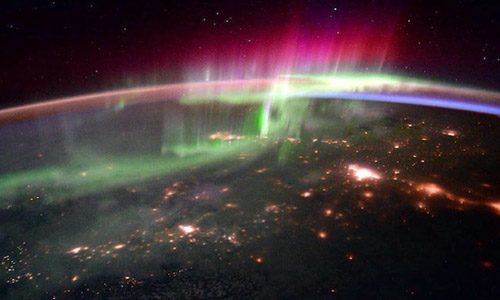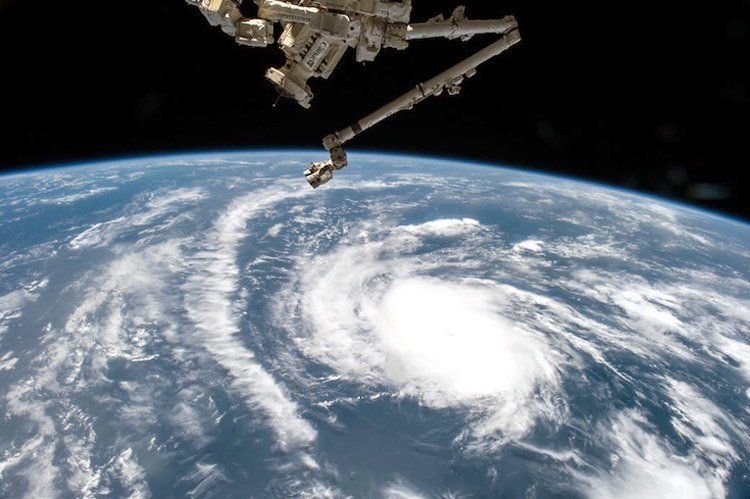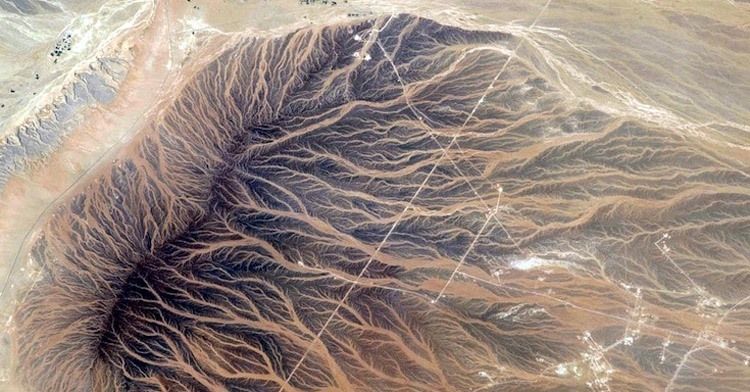

We earthlings have been blessed with some pretty spectacular images from space in recent months. There was the “Blue Marble” image, the dark side of the moon, up close images of the sun, the moon and Pluto and the plumes of smoke from wildfires raging in the Western U.S. and Canada.
Astronauts at the International Space Station (ISS) have been able to capture some great images. Check out these 10 mesmerizing photos of Earth taken from space:
1. Hurricane Danny
Current ISS Commander Scott Kelly snapped this picture of Hurricane Danny as the ISS passed over the central Atlantic Ocean. Hurricane Danny was a Category 3, the first of the 2015 hurricane season, which made landfall in the Caribbean.
2. Oman
According to Upworthy, NASA teams up with local aid agencies to help provide drinking water to water-stressed places such as Oman. NASA “discovers previously untapped water sources and provides these at-risk areas with water purification technology used onboard the ISS,” according to Upworthy.
3. Australia
Commander Kelly took this photo as the ISS passed over Australia in October 2015. It’s just one of a 17-photo series on the Land Down Under.
4. British Columbia, Canada
Astronaut Tim Peake, who joined the ISS team in December 2015, has wasted no time taking stunning pictures of planet Earth. He captured this image of British Columbia’s Coast Mountains on Jan. 5.
5. The Aurora Borealis
The Aurora Borealis, or Northern Lights, are “the result of collisions between gaseous particles in the Earth’s atmosphere with charged particles released from the sun’s atmosphere,” according to the Northern Lights Centre. “Variations in color are due to the type of gas particles that are colliding.”

 233k
233k  41k
41k  Subscribe
Subscribe 




